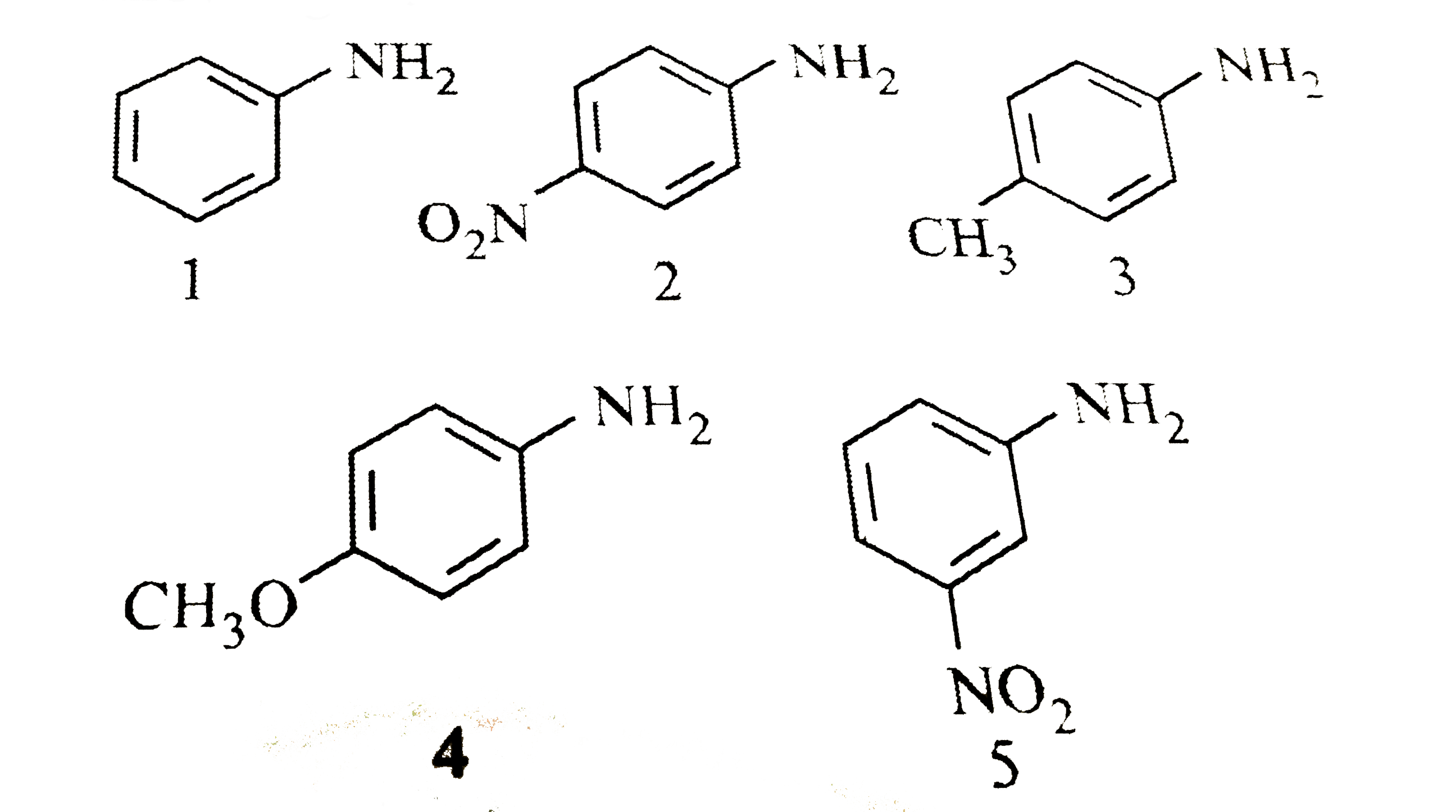The correct order of increasing radii are
Be2+,Mg2+,Na⊕
K⊕,Ca2+,S2−
O2−,Fɵ,N3−
S2−,O2−,As3−
The correct Answer is:A
To determine the correct order of increasing radii among the given ions, we need to analyze each option based on the principles of ionic size and isoelectronic species.
1. Understanding Ionic Sizes:
- Cations (positively charged ions) are smaller than their parent atoms because they lose electrons, leading to a decrease in electron-electron repulsion.
- Anions (negatively charged ions) are larger than their parent atoms because they gain electrons, increasing electron-electron repulsion.
2. Analyzing Option A:
- The ions given are Be2+,Mg2+,Na+.
- Be2+ has the smallest radius because it has the highest positive charge (+2), which pulls the electrons closer to the nucleus.
- Mg2+ is larger than Be2+ but smaller than Na+ because it also has a +2 charge.
- Na+ is the largest as it has a +1 charge.
- Thus, the order is:
Be2+<Mg2+<Na+
3. Analyzing Option B:
- The ions given are K+,Ca2+,S2−.
- All these ions are isoelectronic with the electronic configuration of Argon.
- For isoelectronic species, the size of cations decreases with increasing positive charge, while the size of anions increases with increasing negative charge.
- Thus, the order is:
Ca2+<K+<S2−
- This option is incorrect as it does not follow the increasing order.
4. Analyzing Option C:
- The ions given are O2−,F−,N3−.
- These ions are also isoelectronic with the electronic configuration of Neon.
- The order of increasing size for anions is:
F−<O2−<N3−
- This option is also incorrect.
5. Analyzing Option D:
- The ions given are S2−,O2−,As3−.
- Here, S2− is larger than O2− due to the increased number of electrons.
- As3− will be the largest due to its position in the periodic table and the additional negative charge.
- Thus, the order is:
O2−<S2−<As3−
- This option is also incorrect.
Conclusion:
The correct order of increasing radii is found in Option A:
Be2+<Mg2+<Na+
- Cations (positively charged ions) are smaller than their parent atoms because they lose electrons, leading to a decrease in electron-electron repulsion.
- Anions (negatively charged ions) are larger than their parent atoms because they gain electrons, increasing electron-electron repulsion.
- The ions given are Be2+,Mg2+,Na+.
- Be2+ has the smallest radius because it has the highest positive charge (+2), which pulls the electrons closer to the nucleus.
- Mg2+ is larger than Be2+ but smaller than Na+ because it also has a +2 charge.
- Na+ is the largest as it has a +1 charge.
- Thus, the order is:
Be2+<Mg2+<Na+
- The ions given are K+,Ca2+,S2−.
- All these ions are isoelectronic with the electronic configuration of Argon.
- For isoelectronic species, the size of cations decreases with increasing positive charge, while the size of anions increases with increasing negative charge.
- Thus, the order is:
Ca2+<K+<S2−
- This option is incorrect as it does not follow the increasing order.
- The ions given are O2−,F−,N3−.
- These ions are also isoelectronic with the electronic configuration of Neon.
- The order of increasing size for anions is:
F−<O2−<N3−
- This option is also incorrect.
- The ions given are S2−,O2−,As3−.
- Here, S2− is larger than O2− due to the increased number of electrons.
- As3− will be the largest due to its position in the periodic table and the additional negative charge.
- Thus, the order is:
O2−<S2−<As3−
- This option is also incorrect.
The correct order of increasing radii is found in Option A:
Be2+<Mg2+<Na+
Topper's Solved these Questions
- PERIODIC CLASSIFICATION OF ELEMENTS AND GENERAL INORGANIC CHEMISTRYBOOK - CENGAGE CHEMISTRY ENGLISHCHAPTER - PERIODIC CLASSIFICATION OF ELEMENTS AND GENERAL INORGANIC CHEMISTRYEXERCISE - Exercises (Single Correct) Ionisation Energy (Ie)
31 Videos
- PERIODIC CLASSIFICATION OF ELEMENTS AND GENERAL INORGANIC CHEMISTRYBOOK - CENGAGE CHEMISTRY ENGLISHCHAPTER - PERIODIC CLASSIFICATION OF ELEMENTS AND GENERAL INORGANIC CHEMISTRYEXERCISE - Exercises (Single Correct) Isoelectronic Species
4 Videos
- PERIODIC CLASSIFICATION OF ELEMENTS AND GENERAL INORGANIC CHEMISTRYBOOK - CENGAGE CHEMISTRY ENGLISHCHAPTER - PERIODIC CLASSIFICATION OF ELEMENTS AND GENERAL INORGANIC CHEMISTRYEXERCISE - Exercises (Singlecorrect) General Electronic Configuration And Periodicity
25 Videos
- P-BLOCK GROUP 14 - CARBON FAMILYBOOK - CENGAGE CHEMISTRY ENGLISHCHAPTER - P-BLOCK GROUP 14 - CARBON FAMILYEXERCISE - Exercises Archives (Subjective)
9 Videos
- PURIFICATION OF ORGANIC COMPOUNDS AND QUALITATIVE AND QUANTITATIVE ANALYSISBOOK - CENGAGE CHEMISTRY ENGLISHCHAPTER - PURIFICATION OF ORGANIC COMPOUNDS AND QUALITATIVE AND QUANTITATIVE ANALYSISEXERCISE - Assertion Reasoning Type
5 Videos
Similar Questions
Knowledge Check
The correct order of increasing acidic strength is
APhenol<Ethanol<Chloroacetic acid< Acetic acidBEthanol<Phenol<Chloroacetic acid< Acetic acidCEthanol<Phenol<Acetic acid< Chloroacetic acidDChloroacetic acid<Acetic acid< Phenol < EthanolThe correct order of increasing acidic strength is …..
APhenol<Ethanol<Chloroacetic acid< Acetic acidBEthanol<Phenol<Chloroacetic acid< Acetic acidCEthanol<Phenol<Acetic acid< Chloroacetic acidDChloroacetic acid<Acetic acid< Phenol < EthanolThe correct order of increasing acidic strength is …..
APhenol<Ethanol<Chloroacetic acid< Acetic acidBEthanol<Phenol<Chloroacetic acid< Acetic acidCEthanol<Phenol<Acetic acid< Chloroacetic acidDChloroacetic acid<Acetic acid< Phenol < Ethanol
The correct order of increasing acidic strength is
View SolutionThe correct order of increasing acidic strength is
View SolutionThe correct order of increasing basic nature of the following bases is

View SolutionThe correct order of increasing atomic radius of the following elements as:
View SolutionThe correct order of increasing acidic strength is _____.
View Solution
